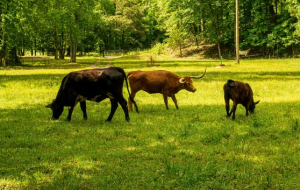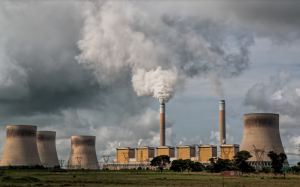Sustainable Environment
Environmental sustainability is a state in which the demands placed on the environment can be met without reducing its capacity to allow all people to live well, now and in the future.
CSU, CSU Extension and their valued partners offer a wide range of programs that positively affect our environmental health.
Learn about Climate Change
- According to the National Aeronautics and Space Administration, “the current warming trend is of particular significance because most of it is extremely likely (greater than 95 percent probability) to be the result of human activity since the mid-20th century and proceeding at a rate that is unprecedented over decades to millennia.” Understanding Climate Change
- CSU signed the American College & University Presidents Climate Commitment (ACUPCC), whereby CSU agreed to set climate neutrality as a ling term-climate goal. Learn more about the promise for climate neutrality. Colorado State University Climate Action Plan
- Greenhouse gases trap heat and make the planet warmer. Human activities are responsible for almost all the increase in greenhouse gases in the atmosphere over the last 150 years. The largest source of greenhouse gas emissions from human activities in the United States is from burning fossil fuels for electricity, heat, and transportation. Sources of Greenhouse Gas Emissions
Act with Climate Change
- Colorado State University’s NREL scientists are leading the US in the study of agricultural greenhouse gases emissions and their potential reduction
- How Colorado Can Address Climate Change-Adapted from the “Colorado’s Climate Blueprint” Report by Conservation Colorado and Western Resource Advocates: “Colorado’s Climate Blueprint: Actions for Addressing Climate Change and Safeguarding Our Future,” or click this link here for the highlights laid out in ArcGIS.
- While the use of fossil fuels such as coal, gas and oil is the largest contributor to emissions of greenhouse gases (GHG) into the atmosphere, a Colorado State University researcher suggests also looking at other sectors of the global economy to substantially reduce GHG emissions. New land use strategies can reduce greenhouse gas emissions
- Learn about Colorado’s Energy Use through the U.S. Energy Information Administration. U.S. Energy Information Administration
More links:
- CSU and Fort Collins- Fort ZED: http://fortzed.com
- CSU & The Colorado Water Center: https://watercenter.colostate.edu/
- CSU & The Colorado Forest Service: http://csfs.colostate.edu
- CSU Extension’s Water Program: http://extension.colostate.edu/topic-areas/water/
- Land Trust Alliance: http://www.landtrustalliance.org
- Carbon Footprint’s Sustainability Services: http://www.carbonfootprint.com
- EPA’s Sustainability Pages: https://www.epa.gov/sustainability
- SARE (Sustainable Agriculture Research & Education): http://www.sare.org
- Guide to Public Land Use: https://onlinelaw.udayton.edu/resources/public-land-use/







